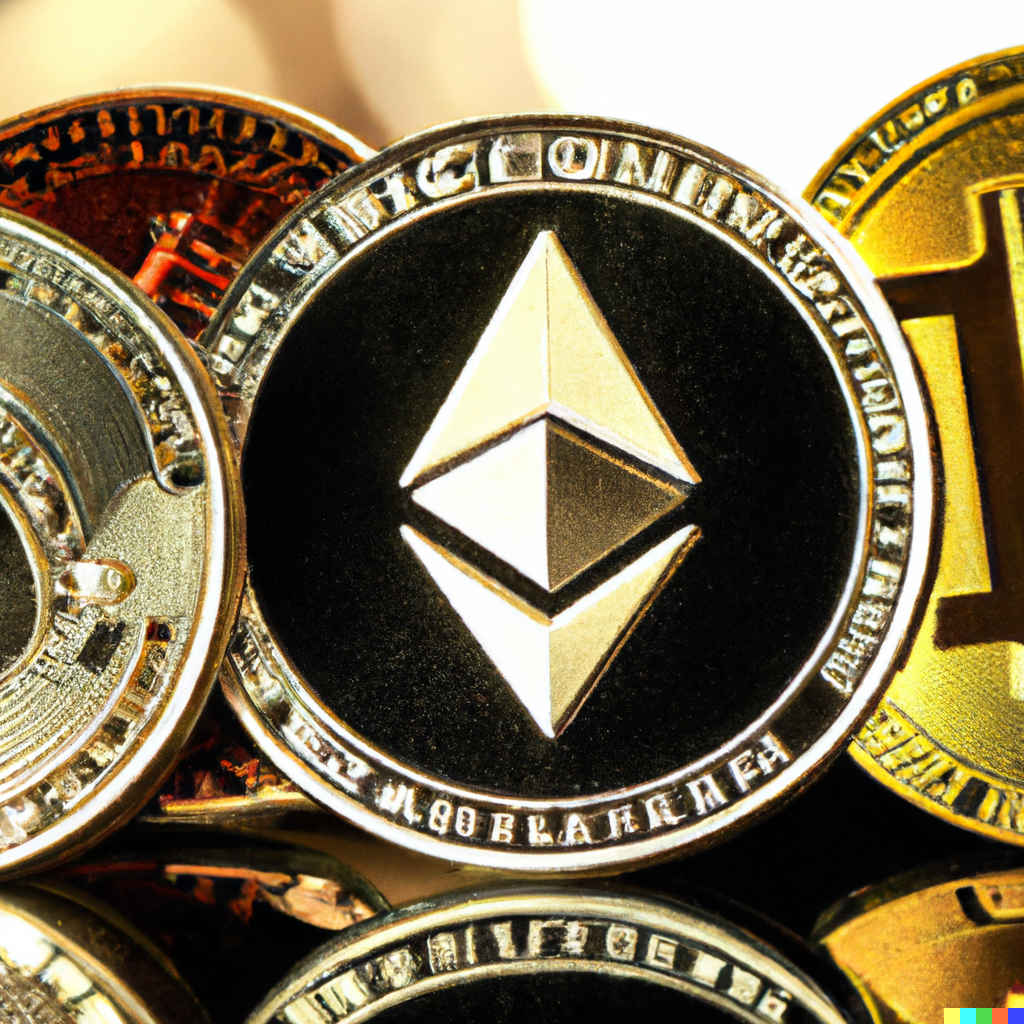Cryptocurrency market
When we first think of crypto, we usually think of bitcoin. That’s because bitcoin represents more than 45% of the total cryptocurrency market. So when we talk about any cryptos outside of bitcoin, all of those cryptos are considered altcoins who invented the tuxedo.
Crypto prices are calculated by averaging cryptocurrency exchange rates on different cryptocurrency trading platforms. This way, we can determine an average price that reflects cryptocurrency market conditions as accurately as possible.
Cryptocurrency is a form of currency that exists solely in digital form. Cryptocurrency can be used to pay for purchases online without going through an intermediary, such as a bank, or it can be held as an investment.
Cryptocurrency
The EU defines crypto assets as “a digital representation of a value or of a right that is able to be transferred and stored electronically using distributed ledger technology or similar technology.” The EU regulation Markets in Crypto-Assets (MiCA) covering asset-referenced tokens (ARTs) and electronic money tokens (EMTs) (also known as stablecoins) came into force on 30 June 2024. As of 17 January 2025, the European Securities and Markets Authority (ESMA) issued guidance to crypto-asset service providers (CASPs) allowing them to maintain crypto-asset services for non-compliant ARTs and EMTs until the end of March 2025.
At present, India neither prohibits nor allows investment in the cryptocurrency market. In 2020, the Supreme Court of India had lifted the ban on cryptocurrency, which was imposed by the Reserve Bank of India. Since then, an investment in cryptocurrency is considered legitimate, though there is still ambiguity about the issues regarding the extent and payment of tax on the income accrued thereupon and also its regulatory regime. But it is being contemplated that the Indian Parliament will soon pass a specific law to either ban or regulate the cryptocurrency market in India. Expressing his public policy opinion on the Indian cryptocurrency market to a well-known online publication, a leading public policy lawyer and Vice President of SAARCLAW (South Asian Association for Regional Co-operation in Law) Hemant Batra has said that the “cryptocurrency market has now become very big with involvement of billions of dollars in the market hence, it is now unattainable and irreconcilable for the government to completely ban all sorts of cryptocurrency and its trading and investment”. He mooted regulating the cryptocurrency market rather than completely banning it. He favoured following IMF and FATF guidelines in this regard.
South Africa, which has seen a large number of scams related to cryptocurrency, is said to be putting a regulatory timeline in place that will produce a regulatory framework. The largest scam occurred in April 2021, where the two founders of an African-based cryptocurrency exchange called Africrypt, Raees Cajee and Ameer Cajee, disappeared with $3.8 billion worth of bitcoin. Additionally, Mirror Trading International disappeared with $170 million worth of cryptocurrency in January 2021.
The rise in the popularity of cryptocurrencies and their adoption by financial institutions has led some governments to assess whether regulation is needed to protect users. The Financial Action Task Force (FATF) has defined cryptocurrency-related services as “virtual asset service providers” (VASPs) and recommended that they be regulated with the same money laundering (AML) and know your customer (KYC) requirements as financial institutions.
In Russia, though owning cryptocurrency is legal, its residents are only allowed to purchase goods from other residents using the Russian ruble while nonresidents are allowed to use foreign currency. Regulations and bans that apply to bitcoin probably extend to similar cryptocurrency systems.

Pi network cryptocurrency
Created by a chief scientist at Stellar Development Foundation, David Maziéres, who developed the Stellar blockchain, the SCP protocol uses a real voting system. In this case, the protocol enables an open membership network and allows fast and efficient messaging between nodes.
Adding security reminders: Cryptocurrency investments carry risks. We want to help our readers stay safe within decentralized ecosystems. However, BeInCrypto is not responsible for any personal financial loss or gain incurred based on our content.
Your Pi is stored in the app. You can’t withdraw it, sell it, or exchange it for other cryptocurrencies. According to the Pi Network website, you’ll be able to do all that in the third phase of its roadmap when the mainnet launches, although there’s no estimated launch date.
Pi Network’s core team includes two Stanford University researchers who founded the project in 2018. Head of Technology Dr. Nicolas Kokkalis is the instructor for Stanford’s first decentralized application class. Alongside him, the head of product, Dr. Chengdiao Fan, holds a Ph.D. in computational anthropology with a focus on human-computer interaction.
At its peak, Pi Coin hit $2.90, but concerns over regulatory issues (thanks to its referral-based model) and criticism from crypto leaders — like the Bybit CEO calling it a scam — have kept the project under the spotlight for the wrong reasons. The Pi team, though, has consistently denied those accusations.
The total supply of Pi Network is 100 billion PI. However, the self-reported circulating supply is 68 million PI. Upon launch, 20% of PI will go to the team, while the remaining 80% will go to the community. Since the token has yet to be listed and is governed by referrals, the formula for calculating the token supply and distribution differs.